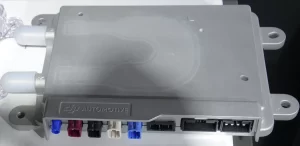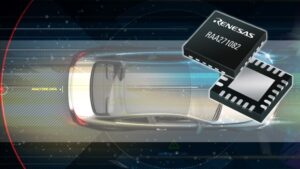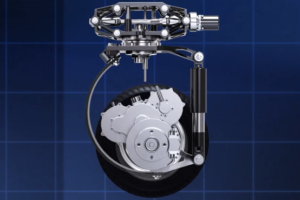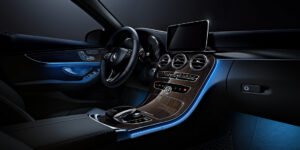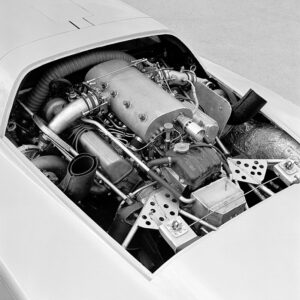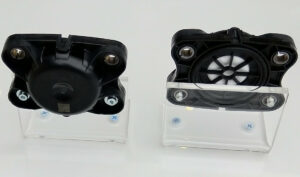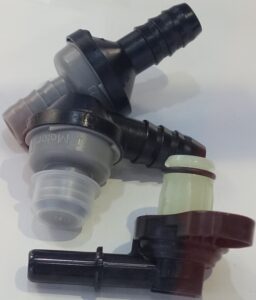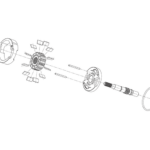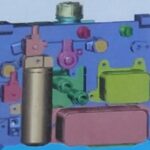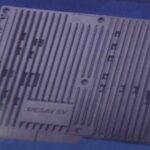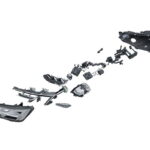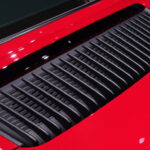Schaeffler has now developed a special high-performance ball bearing with an integrated centrifugal disc. This disc helps lower CO2 emissions in vehicles with combustion engine and hybrid powertrains. Electric cars, on the other hand, benefit from the fact that they can drive further on a single charge. The bearing weighs just 300 grams and is between five and ten centimeters in diameter, depending on the application.
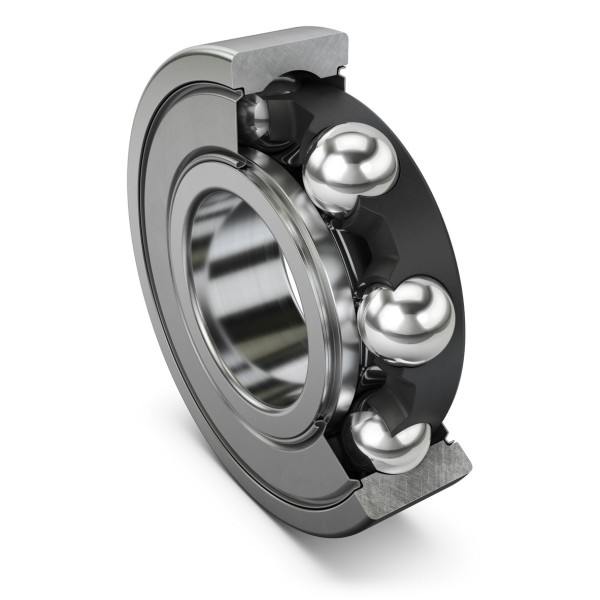
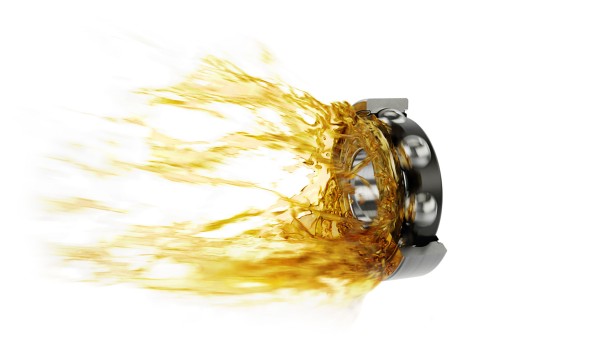
Ball bearings are either open on the sides ─ known as open bearings ─ or have seals made from special rubber. These sealed bearing units keep contamination away from the balls and raceways of the bearing rings. This translates into less wear and, thus, a longer service life. The drawback, however, is the higher level of friction in the bearing, which corresponds to valuable energy being lost. In open-style bearings, although this friction is reduced, the bearing units break down more quickly due to the lack of protection from contamination. A real dilemma. With the high-performance ball bearing with integrated centrifugal disc, Schaeffler has developed a truly unique bearing that combines the benefits of an open bearing with those of a sealed one. As such, significantly less energy is lost in the bearing in the form of friction.
What really makes the new bearing stand out is that the rubber seals that are normally attached firmly to the outer sides of the bearing are replaced with a specially designed centrifugal disc integrated in the inner ring. This disc keeps contamination out ─ similar to a sealed bearing. Since the disc rotates freely, however, the bearing generates about 80 percent less friction than with conventional seals. The result is a CO2 reduction of up to 0.3 grams per kilometer per vehicle. Reducing losses of up to 30 watts per bearing can also improve the range of electric vehicles by up to one percent. The centrifugal disc bearing also lasts considerably longer. Compared to an open bearing, the service life increases by a factor of up to ten, whereas the unit lasts twice as long as conventional sealed ball bearings. This, then, means that bearing and transmission assemblies can be downsized in the future, thereby conserving material and weight.

